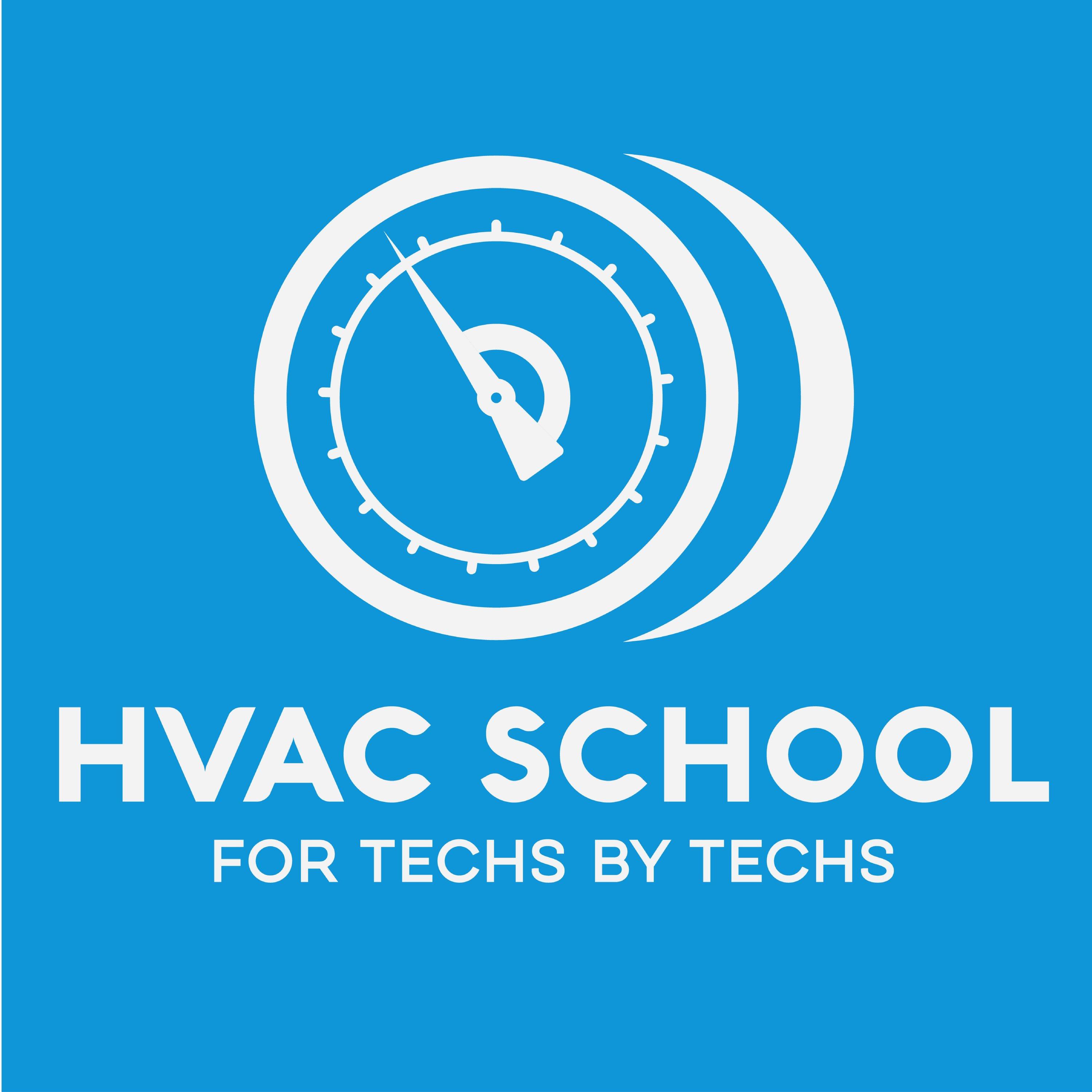- Business
- Careers
- SEE MORE
- classical
- general
- talk
- News
- Family
- Bürgerfunk
- pop
- Islam
- soul
- jazz
- Comedy
- humor
- wissenschaft
- opera
- baroque
- gesellschaft
- theater
- Local
- alternative
- electro
- rock
- rap
- lifestyle
- Music
- como
- RNE
- ballads
- greek
- Buddhism
- deportes
- christian
- Technology
- piano
- djs
- Dance
- dutch
- flamenco
- social
- hope
- christian rock
- academia
- afrique
- Business
- musique
- ελληνική-μουσική
- religion
- World radio
- Zarzuela
- travel
- World
- NFL
- media
- Art
- public
- Sports
- Gospel
- st.
- baptist
- Leisure
- Kids & Family
- musical
- club
- Culture
- Health & Fitness
- True Crime
- Fiction
- children
- Society & Culture
- TV & Film
- gold
- kunst
- música
- gay
- Natural
- a
- francais
- bach
- economics
- kultur
- evangelical
- tech
- Opinion
- Government
- gaming
- College
- technik
- History
- Jesus
- Health
- movies
- radio
- services
- Church
- podcast
- Education
- international
- Transportation
- Other
- kids
- podcasts
- philadelphia
- Noticias
- love
- sport
- Salud
- film
- and
- 4chan
- Disco
- Stories
- fashion
- Arts
- interviews
- hardstyle
- entertainment
- humour
- medieval
- literature
- alma
- Cultura
- video
- TV
- Science
- en
EEV Types - Short #193

In this short podcast episode, Bryan explains electronic expansion valve (EEV) types. EEVs perform the same function as TXVs, but they operate electronically, not mechanically.
The EEV makes sure that the evaporator is full of the right amount of refrigerant at saturation; it doesn't just affect evaporator pressure. We don't want high superheat (due to inefficiency), and we don't want zero superheat (due to the risk of compressor failure).
EEVs commonly have a stepper motor with a set of discrete settings depending on how many rotations the motor has made. It can be fully open or fully closed, and the number of rotations can set the valve at any value between fully open and fully closed; it's open or closed by a specific percentage. Instead of a bulb and external equalizer, a pressure transducer and temperature sensor report to the controller and give the controller the data it needs to open or close the EEV to maintain a specific superheat.
Pulse-width modulation (PWM) allows an EEV to open and close rapidly. Unlike a stepper motor, PWM solenoids make an EEV stay fully open or fully closed for a specific percentage of time. It receives pressure information from a pressure transducer and temperature information from a thermistor or thermocouple.\xa0
As with a TXV, you would look at superheat and pressures to make sure the EEVs are operating correctly.
\xa0
Have a question that you want us to answer on the podcast? Submit your questions at https://www.speakpipe.com/hvacschool.\xa0
Learn more about the 5th Annual HVACR Training Symposium at https://hvacrschool.com/Symposium24.
If you have an iPhone, subscribe to the podcast\xa0HERE, and if you have an Android phone, subscribe\xa0HERE.\u201d
Subscribe to our YouTube channel at\xa0https://www.youtube.com/@HVACS.\xa0
Check out our handy calculators\xa0HERE\xa0or on the HVAC School Mobile App (Google Play Store\xa0or\xa0App Store).